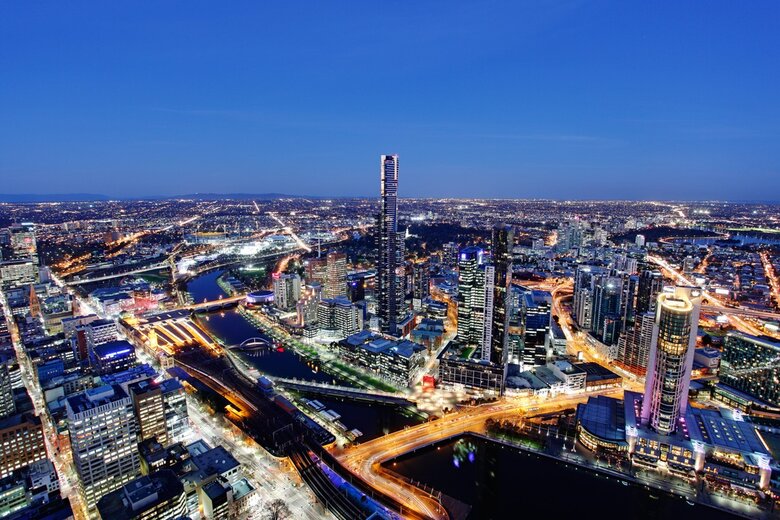
Victorians will be happier and tens of billions of dollars better off by 2056 if the state increases urban housing density rather than dispersing growth throughout the state, a report by the state’s infrastructure advisory body says.

A new report by Infrastructure Victoria says Victorians will benefit from living closer together and nearer to existing jobs, services and infrastructure in both capital and regional cities.
The research presents five urban development scenarios, including the ‘compact city’ which would see high density housing with more people living in townhouses or apartments in central Melbourne.
Other scenarios include the ‘dispersed city’ (more detached homes), the ‘consolidated city’ (more medium density homes), the ‘network of cities’ (more homes in regional centres) and the ‘distributed state’ (more homes in regional towns and rural areas).
“The results of our scenario modelling tell us that more compact cities perform better on many indicators,” the report concludes.
Benefits of being compact
The report says it would cost the government about $41 billion to build infrastructure in a dispersed city by 2056, or an extra $59,000 per new home, compared to a compact city.
A dispersed city would also see 154,000 more cars on the road and 17.3 million more tonnes of emissions over the next three decades.
Victoria’s population is expected to hit 11 million in the next three decades – about 4.5 million more than in 2022 -with current trends showing 50 per cent of metropolitan growth is occurring in growth areas, with greater proportions in regional cities.
Melbourne remains a low-density city with 1,600 people per square kilometre, Infrastructure Victoria says, compared to Paris (3,900 km2) and Los Angeles (2,200 per km2).
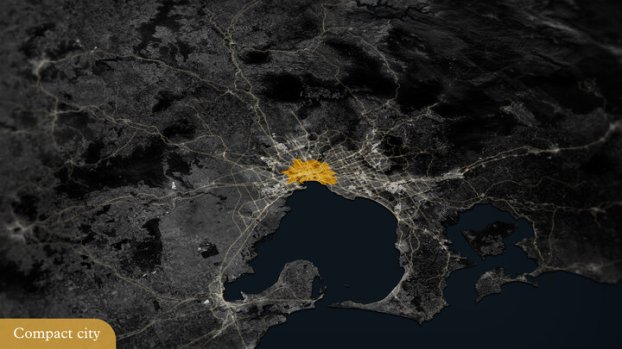
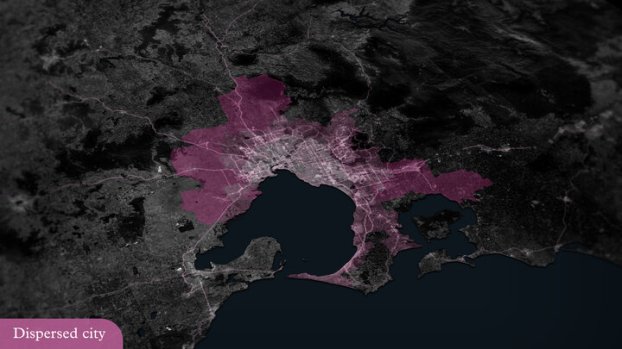
Infrastructure Victoria’s CEO Dr Jonathan Spear says compact cities give businesses better opportunities to hire staff and grow customers and markets.
“Victorians would be up to $43 billion better off by 2056 with more compact cities compared to growth being dispersed across the state,” he says.
“The current pathway of growth is more people living away from existing infrastructure in new suburbs on the urban fringes of our cities.
“The evidence shows that this delivers worse quality of life and opportunities for Victorians,” he said.
As well as economic benefits, increasing urban density will also free more land for agriculture and wildlife, he adds.
Recommendations for reform
The report makes five recommendations, including new plans for Victoria that reinforce growth in established areas, set urban growth boundaries for regional cities, and include housing targets for established areas of Victorian cities.
It also calls for reform of infrastructure contributions, the removal of taxes and subsidies that incentivise dispersed growth, and changes to planning rules to create more compact cities in the state.
Dr Spear says residents will have less access to jobs and business will suffer unless action is taken to guide the shape of Victorian cities in line with the report’s recommendations.
“The Victorian Government, working with local governments and communities, can influence the shape of our cities,” he said.
Comment below to have your say on this story.
If you have a news story or tip-off, get in touch at editorial@governmentnews.com.au.
Sign up to the Government News newsletter


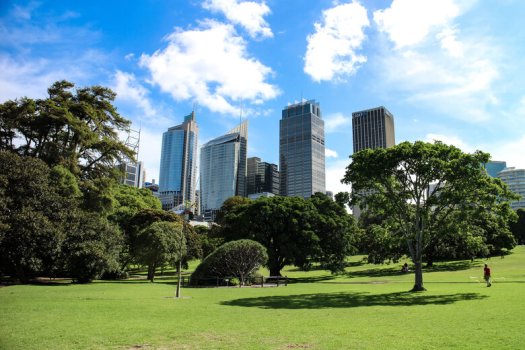

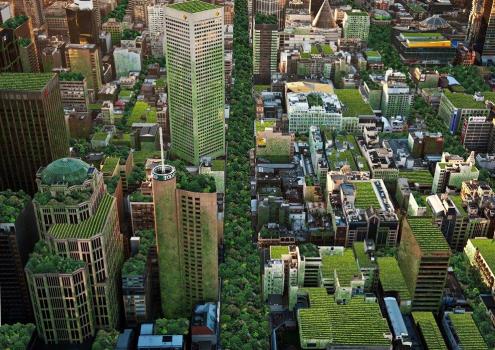
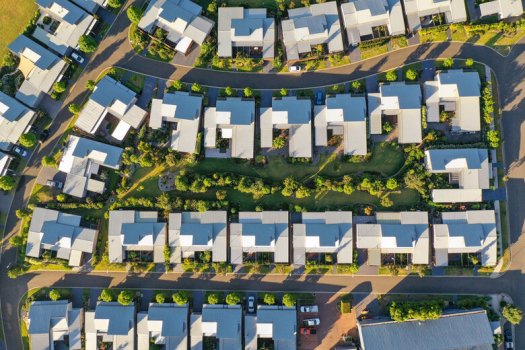
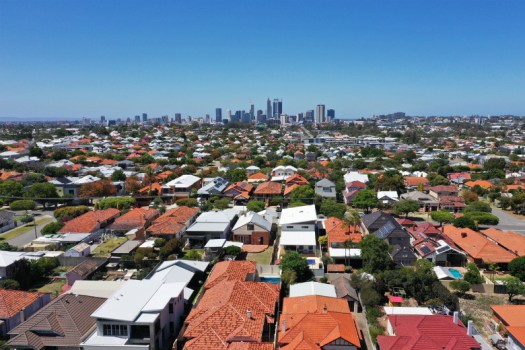

Yes but recent history clearly highlights that government in Victoria can’t be trusted with making responsible decisions. Our state has been bastardized by political power brokers.